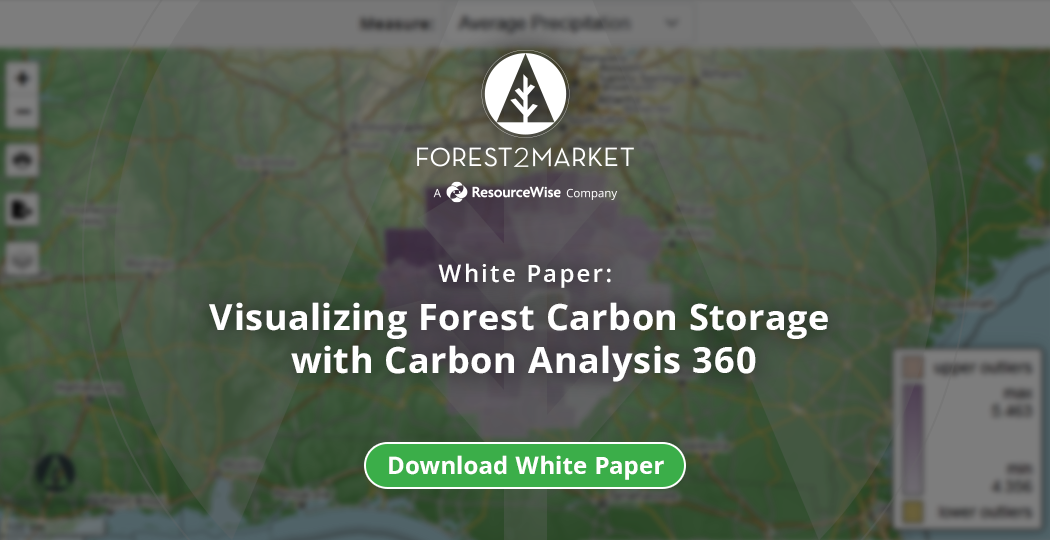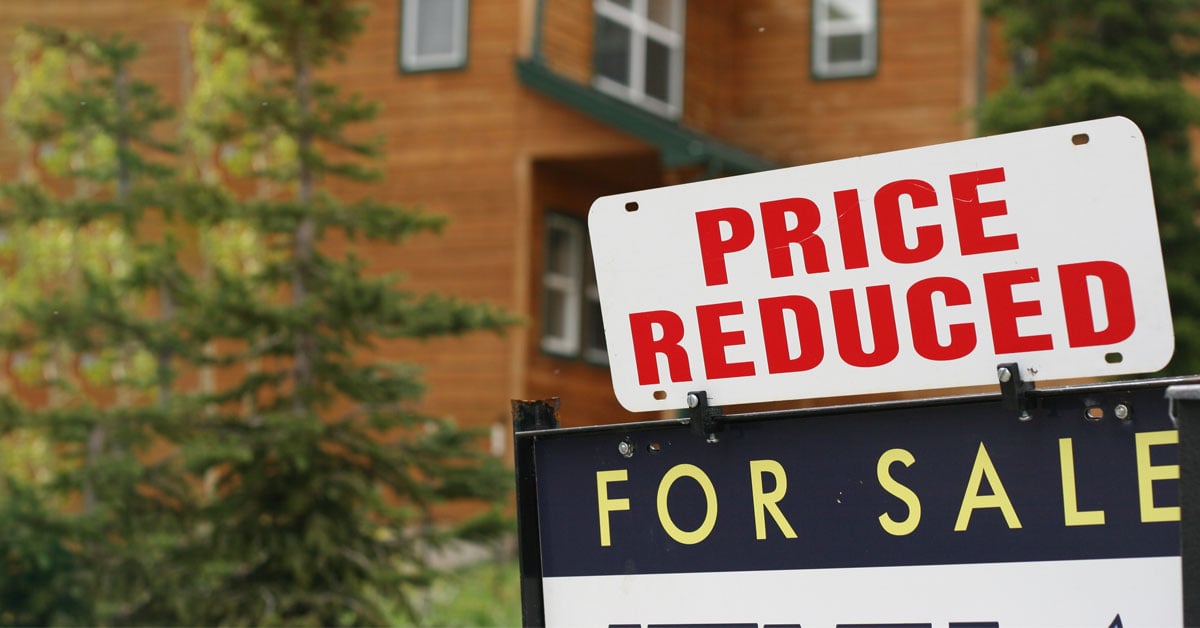3 min read
America’s Forests and Its Forest Products Can Store Carbon for Decades
John Greene
:
October 5, 2022
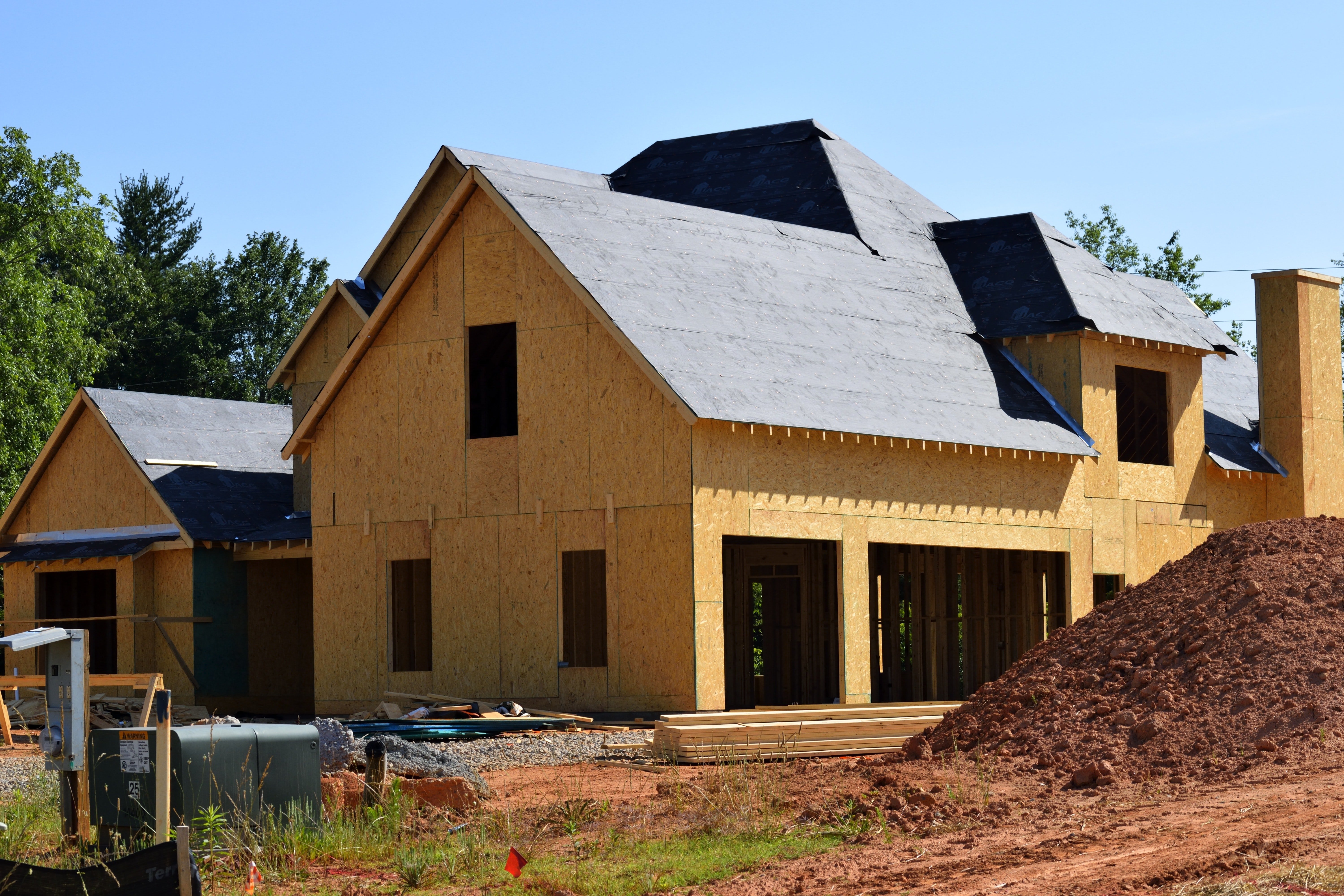
The primary forested regions of the contiguous US—Western North America (including the Pacific Northwest [PNW], US South, and Eastern North America [Lake States and Northeast])—store over 34 billion metric tons of carbon dioxide (CO2). We recently used our new interactive Carbon Analysis 360 tool to answer two important questions about where, and how, this forest carbon is stored:
- Where is the largest forest carbon pool in the contiguous US?
- What forest carbon pool types store the most carbon in the contiguous US?
While these seem like pretty straightforward questions, the answers require context, and some of the nuances are unique to forest diversity inherent to different regions. However, using the tool helped illustrate some of the primary differences – at both landscape and granular levels – that are inherent to the diverse forest resources in America’s primary forested regions.
For example, we learned that the US South edges out other regions as the largest carbon sink because it is the largest forested area by total acres. But when we adjust the visualization to view carbon stored in all pool types by acre, the data showed that Eastern North American forests store the most CO2e per acre (329 tons), while the US South stores the least amount (233 tons). While this regional difference isn’t extreme, a primary reason for the discrepancy is the fact that forests in the Northeast and Lake States are packed with large, dense hardwood species, which typically store more carbon than the coniferous tree species that dominate Southern working forests.
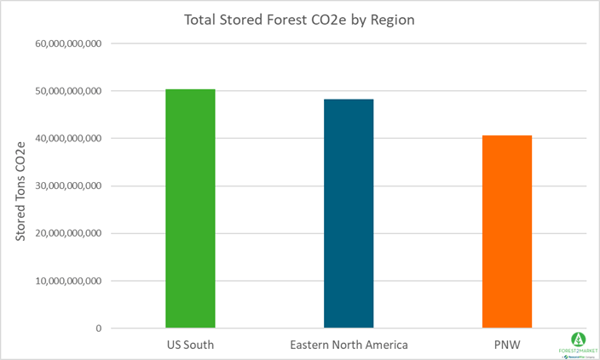
We also gained further insight into the five different carbon pool types, and which ones are most effective at storing forest carbon. Live Aboveground (tree biomass that we can see—trunk, limbs, leaves, etc.) and Soil & Organic (both soil organic matter and inorganic carbon as carbonate minerals) pool types make up the majority (76%) of stored carbon in America’s vast forest resources.
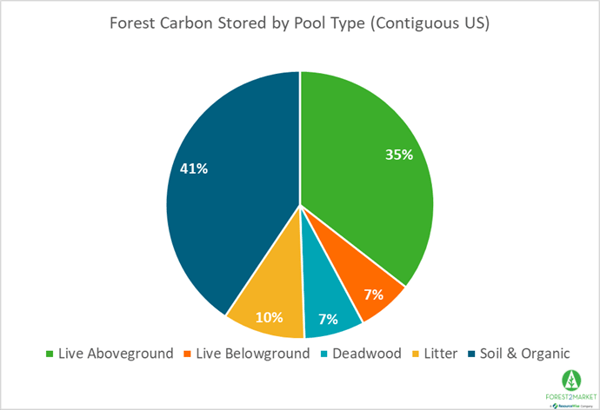
But what happens to stored carbon in trees after they are harvested, fully utilized via the forest products industry, and converted into paper, packaging, tissue, shipping boxes, lumber, cellulose, or one of the many unique consumer products we all depend on? Does this carbon simply disappear back into the atmosphere, or do forest products impart an additional climate benefit in the form of ongoing carbon storage?
Carbon Storage in Wood Products
While paper products aren’t as durable and long-lived as most solid-wood building products like finished lumber, plywood and OSB, paper can actually store carbon for two to three years. The length of time carbon is sequestered in paper can also be extended by increased recycling rates.
But interesting data via a new Southern Research Station study from the USFS shows that the wood used in our homes may be particularly important when it comes to storing carbon. Single family and multifamily homes in the US require an enormous amount of solid wood products to construct, and this wood continues to store large amounts of carbon for roughly 50 years.
“As trees grow, they pull carbon from the atmosphere and the soil. When trees are harvested to make products like lumber for homes, some of that carbon continues to be stored,” said Jeff Prestemon, lead author of the study and research economist with the Southern Research Station. Even after the wood used in buildings reaches the end of its useful life and may end up landfilled, it does not immediately release its stored carbon. Rather, it continues to store that carbon and retain its storage capacity for several more decades.
How much carbon are we talking about?
Between initial construction and likely repairs, the wood-based components in an average-sized US home can store nearly 100 metric tons of CO2. While that may not seem like much, keep in mind that there are roughly 140 million homes in the US, which means that the wood used in these homes could be storing ~14 billion metric tons of CO2! Over 90% of new single-family American homes are built with wood and roughly 400,000 structures are lost to natural disasters or decay every year, so the carbon stored in these homes quickly adds up. Older houses are also torn down to make way for new development, which requires lots of new wood-based building materials.
“The wood used to build houses will remain an increasing, significant component of the overall forest carbon sink – regardless of whether the US population grows or shrinks, and regardless of high or low economic growth,” said Prestemon.
Innumerable Benefits of Managed Timberland
Forest utilization and the manufacture of wood products actually support our society and environment in many beneficial ways: housing/building products, paper products, energy, textiles, chemicals, and a myriad of other important products derived from wood, which is one of our most valuable renewable resources. Sustainable forest management regimes have numerous ecological and economic benefits as well. Timber, and the land the timber is on, are economic assets. As is the case with any commodity product, when there is a healthy market for their assets, owners actively manage these assets to maximize economic return.
The private forest management system that is so prevalent throughout many regions of the US is a great example of how markets can work to help address environmental concerns. Trees are planted, grown, harvested and utilized—all while storing CO2—before the process begins again.
In other words, the most effective way to maximize CO2 sequestration is to sustainably harvest mature trees for conversion into wood products such as paper, lumber and furniture, and replant the harvested acres with new, young trees that will benefit from accelerated growth and carbon storage. This has been the approach of the forest products industry for years and, due to its imparted climate benefits, should be standard procedure going forward. If we really want to maximize CO2 sequestration in our forests—and in the valuable products we produce from our forests—we need to keep harvesting, utilizing, and planting more trees.


